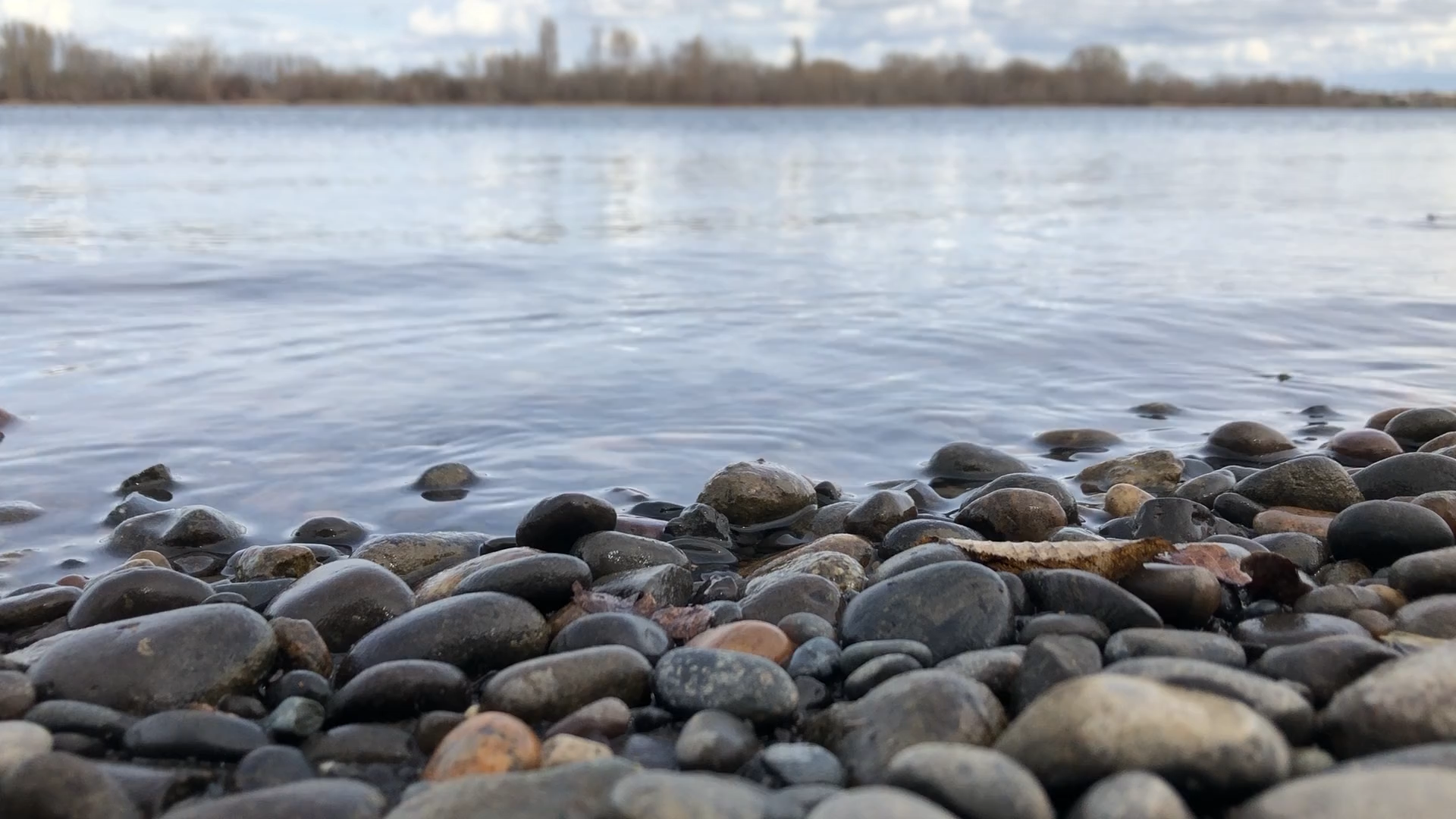The Pacific Northwest has a rich history of Native American Tribes who settled the rugged lands we call home today. Our area was home to numerous tribes that often coexisted, sharing the land and its bountiful resources. Specifically in Eastern Washington, the confluence of the Columbia and Snake Rivers was (and still is) a point of great significance. These rivers were the lifeblood of the Yakama, Warm Springs, Umatilla, Palouse, Wanapum, and Nez Perce Tribes, who frequented this area and some called the region home long before we did. Members of these tribes are still in Eastern Washington today — though sadly in diminishing numbers — and were the source from which many of our cities derived their names.
The Columbia and Snake Rivers were important natural resources for the native tribes, just as they continue to be for Washingtonians today. The major Tribes of the Columbia Plateau realized this, and shared access to key fishing points such as Celilo Falls, through which scores of salmon would annually migrate to their spawns. They understood the importance of the rivers, their vast array of natural channels, and the steady flow of the fish, which was the cornerstone of their diet. Harnessing the power of the mighty Columbia as a source of food and irrigation, these Tribes believed that their souls were forever bound to the rivers, and thus treated them with reverence and respect.
One of the tribes that settled lands very near the Tri-Cities was the Palouse. A day trip to Palouse Falls offers a must see—a beautiful waterfall and its eroded canyon, a classic example of head ward erosion of a river channel. The falls are a short drive, approximately 1.5 hours, northeast of Pasco. Some interesting facts about the Palouse Indians are that they were not as nomadic as some tribes and tended to be hunters and gatherers instead. As a group, they were early to acquire horses and the beautiful Appaloosa, with its spotted coat, was named after this tribe.
Like the Palouse, the Wanapum tribe lived along the Columbia River from above Priest Rapids down to the mouth of the Snake River. Their name “Wanapum” means River People and there’s a dam on the Columbia that travelers will pass when driving from Pasco to Vantage along Highway 240 named for the tribe. The tribe lived near today’s Priest Rapids dam and lost 1,000 square miles of Wanapum land when the Manhattan Project of the early 1940’s commenced.
In 1855, these tribes, with the exception of the Wanapum, entered a treaty with the government of the United States. The treaty — known as the Columbia River Treaty — called for the ceding of millions of acres of land in return for peace, rights within established reservations, and continued access to the fish in their established areas. Today, many remnants of these Tribes are attempting to protect and restore the natural resources of salmon, which they view as their sacred “First Food” (https://www.critfc.org/member_tribes_overview/).
The local history of these native tribes is well illustrated in the REACH Museum, a historical treasure-trove of the Columbia Basin Region and its history. I previously covered the museum in an in-depth article, which can be found here: https://windermerecurrent.com/reach-museum/. I highly recommend a visit to this one-of-a-kind museum, and promise you will leave having learned scores about the rich history of our region, including that of the Native American influence along the Columbia, Yakima, and Snake rivers.


1 thought on “Native Tribes of Eastern Washington”